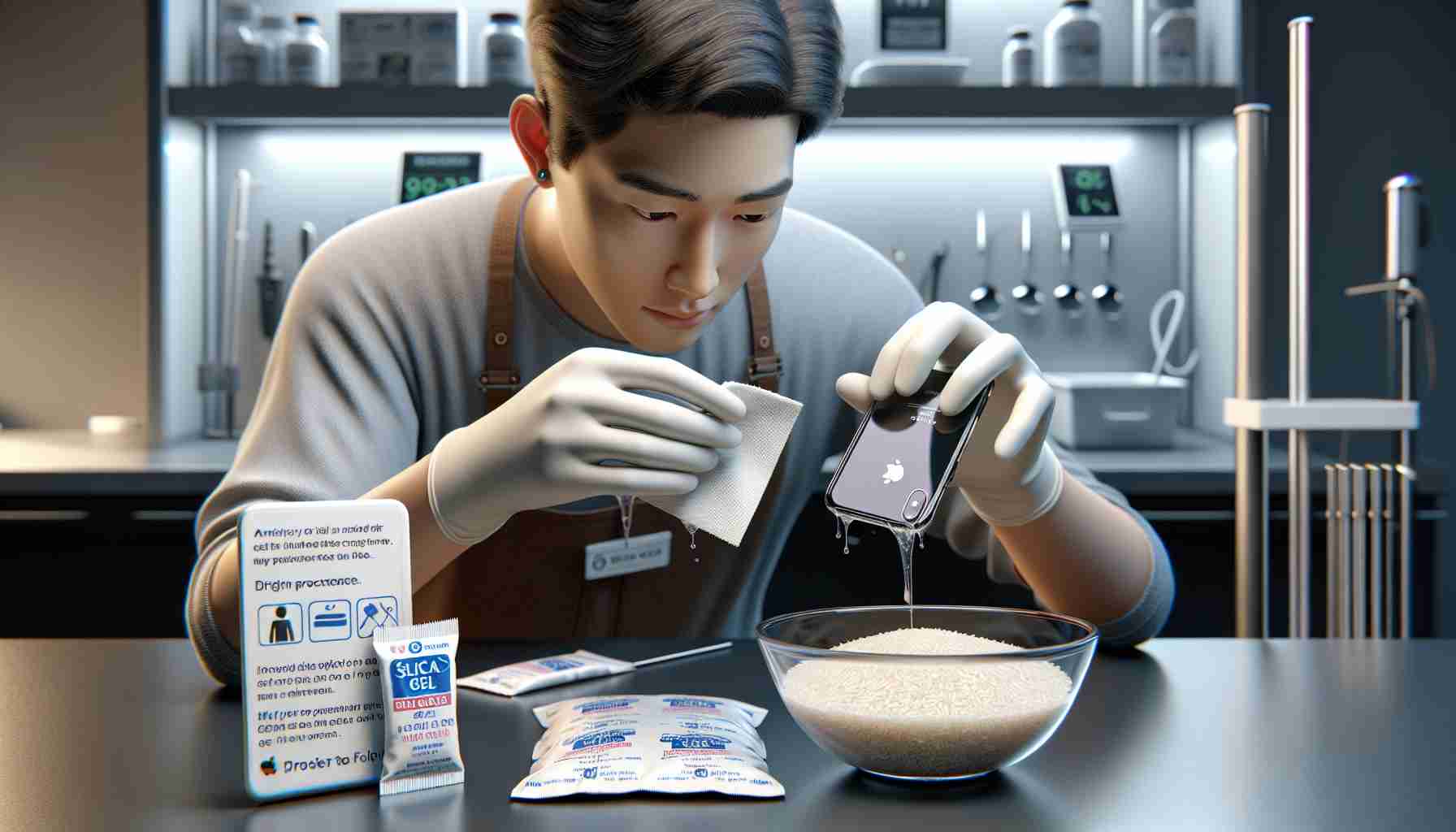We’ve all been there – the heart-stopping moment when you accidentally drop your prized iPhone into water. As panic sets in, one common instinct is to reach for a bag of rice and immerse the device, hoping it will magically absorb the moisture. However, it turns out that this long-standing trick may not be as effective as we once believed.
Recent updates from Apple challenge the notion that rice is the solution to a water-damaged iPhone. The tech giant quietly modified its support document for liquid-detection alerts on iOS, acknowledging that putting your iPhone in a bag of rice could potentially cause more harm than good. The concern arises from the possibility of tiny rice particles finding their way into the phone and causing damage.
While Apple’s change in stance may seem sudden, it aligns with information that has been circulating for some time. As early as February 2021, Wired cautioned against relying on rice to fix a water-drenched iPhone. This means that the rice trick, once widely accepted, may not be the best approach to rescue your device.
So, what should you do if your iPhone finds itself submerged? First, it’s essential to note that modern iPhones are designed to be water resistant. While they can handle minor spills or brief submersion, older models or devices that have endured wear and tear may be more susceptible to liquid damage.
If your iPhone does experience water exposure and displays a liquid-detection alert or refuses to turn on, Apple offers some guidance. Begin by disconnecting all cables and allowing the port to dry naturally. You can gently tap the device against your hand, with the connector facing downward, to encourage any excess liquid to escape. After at least 30 minutes, attempt to charge your iPhone. Should the alert persist, repeat the drying process for up to a day while periodically checking if the issue has resolved.
While the world may be shifting away from the rice trick, it’s crucial to understand the proper steps to take when facing a water mishap with your iPhone. By following Apple’s recommendations and avoiding potentially damaging methods, you can increase the chances of restoring your device to its former glory.
FAQs about Water-Damaged iPhones:
1. What is the rice trick for water-damaged iPhones?
The rice trick involves immersing a water-damaged iPhone in a bag of rice in the hope that the rice will absorb the moisture and fix the device.
2. Is the rice trick effective?
Recent updates from Apple suggest that the rice trick may not be as effective as previously thought. Tiny rice particles may find their way into the phone and cause damage.
3. Why did Apple change its stance on the rice trick?
Apple modified its support document for liquid-detection alerts on iOS to acknowledge the potential harm that could be caused by putting an iPhone in a bag of rice. This change aligns with earlier warnings from Wired.
4. What should you do if your iPhone gets submerged in water?
If your iPhone gets submerged in water, disconnect all cables and allow the port to dry naturally. Gently tap the device with the connector facing downward to help any excess liquid escape. After at least 30 minutes, try to charge the iPhone. If the liquid-detection alert persists, repeat the drying process for up to a day while periodically checking if the issue has resolved.
5. Are all iPhones water-resistant?
Modern iPhones are designed to be water-resistant and can handle minor spills or brief submersion. However, older models or devices that have endured wear and tear may be more susceptible to liquid damage.
Key Terms:
– Water-damaged: Refers to damage caused to electronic devices, such as iPhones, due to exposure to water or other liquids.
– Liquid-detection alert: A notification or indicator on an iPhone that can be triggered when liquid is detected near the device’s internal components. It warns the user of potential damage and may prevent the device from turning on.
Related Links:
– Apple Official Website
– Wired Technology News
The source of the article is from the blog guambia.com.uy
